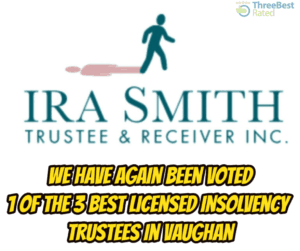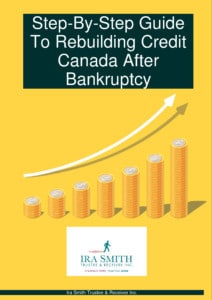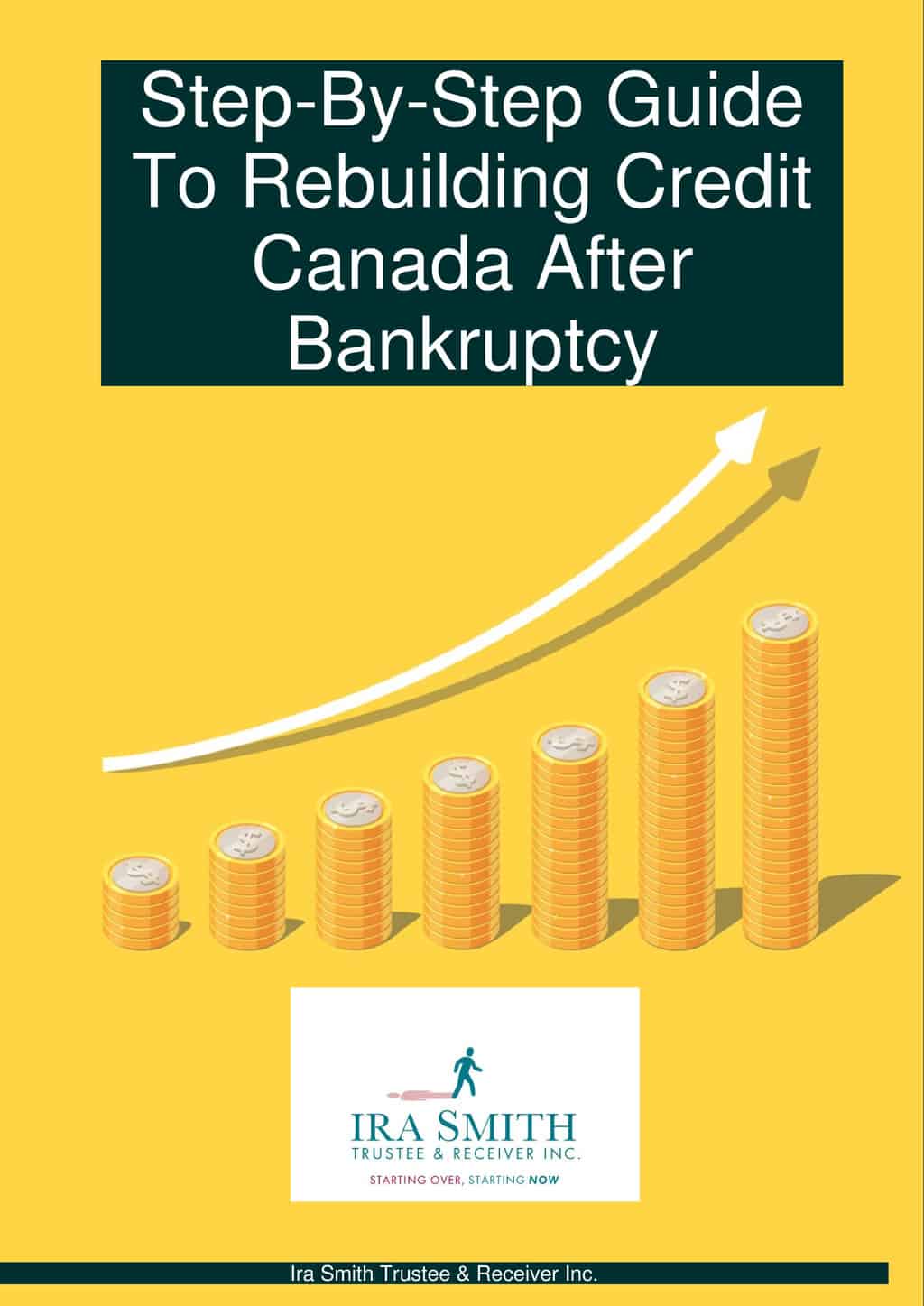What is a Canadian tax refund?
In April, Canadians must pay their income tax liability for the prior year and when most Canadians file their income tax returns. Getting a Canadian tax refund can be an amazing experience for numerous Canadians. It’s like obtaining an unexpected reward from the federal government. The idea of having extra money to spend can be thrilling as well as inspiring, and it can offer a sense of relief and security for those that might be battling financially.
Even just the knowledge that you will be getting a tax refund is exciting, as taxpayers excitedly wait for the confirmation of how much money they will be getting back. Everyone uses this time to think about how they are going to spend their refund. Overall, the enjoyment of receiving a tax refund is a favourable experience.
But what is a Canadian tax refund? Following the filing of their annual income tax return to the Canadian government, a taxpayer may receive a sum of money known as a tax refund. This refund represents the variance between the total amount of taxes paid by the taxpayer throughout the year and those they actually owe, based on their income and tax deductions/tax credits. In the event that a taxpayer has paid more taxes than they are required to, they will be issued a refund for the surplus amount.
While many people find it appealing to go on a shopping spree or book a holiday with that extra cash, there are really a lot more surprising and also functional things to use for your Canadian tax refund. In this Brandon’s Blog, I will explore 5 things you may not have thought about that you can do with your reimbursement that will certainly not only profit you financially but also assist you to accomplish your long-term objectives.
From investing in your retirement to repaying some financial debt, these alternatives might not be as interesting or exciting as a brand-new wardrobe or a journey to an exotic location, but they can have a substantial effect on your financial well-being. So, before you hit the shopping centre or book your next trip, take a minute to take into consideration these alternate suprising ways to use your tax refund. You may be amazed at just how much more satisfying it is to put that money towards something that will benefit you financially in the future. Let’s jump in!
5 surprising things you can do with your Canadian tax refund
It’s that time of year yet again – tax time. While it can be a difficult time for many, there’s always the possibility of a silver lining: the opportunity for a tax refund. According to the Canadian federal government, the average Canadian tax refund was $2,086 in 2022. There are at least 5 surprising things you can do with your Canadian tax refund that isn’t shopping.
So if you’re questioning what to do with your Canadian tax refund this year, keep reading – you could be surprised by the choices available to you. Here are the 5 ways that will help with your financial planning and money management:
1. Utilizing your Canadian tax refund to plan for your retirement is a wise decision.
Here are some practical ways to achieve this:
- Establish an RRSP: It is recommended to open an RRSP account with a reputable financial institution or insurance company as a means of building your retirement savings. You can contribute up to 18% of your previous year’s earned income, up to the 2023 limit of $30,780. This approach enables you to save more for your future while minimizing your tax liability today. As a result, every dollar of your Canadian tax refund will have a meaningful impact on your retirement fund.
- Make a contribution to your existing RRSP: Use your Canadian tax refund to make a contribution to your existing RRSP account. The payment is tax-deductible, which will lower your taxable income and therefore your 2023 tax obligation.
- Select your financial investments: Choose exactly how you wish to invest the money within your RRSP. You can select from a potpourri of financial investment options, all depending on your risk tolerance and how far away from retirement you are. This is an important element of financial planning.
- Monitor and also readjust your portfolio: Frequently review your investment portfolio to make sure that it is aligned with your long-term goals. Make changes if essential to make certain that you’re on track to accomplish your retirement goals.
Investing in your retirement is a wonderful way to guarantee that you have adequate cash to support your lifestyle after you quit working. By using your Canadian tax refund to make payments to your RRSP, it is both good financial and tax planning because you’re capitalizing on a tax-efficient method to save for your future.
2. Donate to a charity or a cause you care about
Contributing all or a part of your Canadian tax refund to a charity that you believe in is a fantastic way to produce a positive impact on the world. Follow these sensible actions to make a distinction:
- Select a charity: Donate to a charity that resonates with your values and beliefs. You can choose one or more charities that contribute either to your local area or anywhere around the world.
- Make a contribution: Use your Canadian tax refund to make a donation to your chosen charity. The majority of charities accept contributions via online platforms, and many permit automatic month-to-month contributions.
- Think about a matching gift: Examine if your company provides a donation program to specific charities that match the amount of money you donate to. See if any of those charities appeal to you.
3. Pay off high-interest debt
Using your Canadian tax refund to pay off high-interest debt is a clever way to improve your financial situation. Below are some actions you can take:
- Determine what your high-interest debt is: Take a look at your debts and find those with the greatest rate of interest. These are commonly credit cards, personal loans, or payday advances.
- Establish the total up to pay off: Calculate just how much of your Canadian tax refund you can afford to use to repay the high-interest financial debt. It’s of course best to be able to pay off the entire debt, but if you can’t, pay down as much as you can of the high-interest rate debt.
- Make the repayment: Use your tax refund to repay in full or pay down the highest-interest rate debt first. Make certain to comply with any payment conditions set by your lender or financial institution.
- Prevent accumulating brand-new financial debt: Once you’ve settled the high-interest financial obligation, stay clear of building up new high-interest rate financial debt by budgeting your expenses and restricting your use of credit cards. You don’t want to start increasing high-interest-rate debt again after you have paid it off.
Settling high-interest debt is a clever financial action since it can conserve your money in the future by reducing the amount of interest you’ll pay. It can also help improve your credit rating, which can help you in the future when you need to apply for a home or car loan. By using your Canadian tax refund to settle high-interest debt, you can take a step in the direction of financial stability and ultimately freedom from debt.
4. Take a course or learn a new skill
Utilizing your Canadian tax refund to take a program or discover a brand-new skill can be a fantastic financial investment in yourself as well as your future. Here are some steps you can take:
- Select a training course or skill: Determine a course or skill you wish to learn that can benefit you in your work or personal development. This can be an accreditation program, a language course, or a skills workshop.
- Study choices: Look for reliable establishments that supply the program or skill you intend to learn. You can additionally look for online options or free courses offered on the internet.
- Determine the cost: Establish the overall price of the program or skill, including any kind of materials or books you might need to acquire.
- Pay for it with your tax refund: Use your Canadian tax refund to pay for the course or skills training. This way you don’t have to pay any money to invest in your personal growth.
- Devote yourself to learning: Once you have actually enlisted in the training course or skills workshop, dedicate yourself to completing it. Set aside time each week to attend class, do homework and study. Stay encouraged by setting objectives and tracking your progression.
Using your Canadian tax refund to further your education and learning can help your personal development and your career, or just find a brand-new interest. By using your Canadian tax refund to take a course or discover a brand-new skill, you’re making a wise financial investment in your future.
5. Start or add to your emergency fund
Using your Canadian tax refund to begin or contribute to your emergency fund can be a clever way to plan for unforeseen expenses. Here are some steps you can take:
- Establish just how much to save: In previous Brandon’s Blogs, I have recommended that everyone have an emergency fund of 3 to six months’ worth of household expenses in their reserve. Calculate how much you must save based on your monthly household expenses.
- Open a separate account: Open up a separate savings account for your emergency reserve. Treat this account as untouchable, except in the case of a real emergency. This will make it less complicated to track any emergency expenses you must pay from this account. You must honestly treat this account as being “in case of emergency break glass” and not use it as a nice place to get some money from whenever you feel like it.
- Set up automated transfers: Set up automated transfers from your everyday bank account to your emergency fund interest-bearing account. This will allow you to maintain the discipline of saving monthly from your income and avoid forgetting to contribute to your fund.
- Use your Canadian tax refund: Use your tax refund to make a round-figure payment to your emergency reserve. This can assist you in reaching your savings objective faster.
- Stay clear of utilizing the cash for non-emergencies: Resist the lure to utilize your reserve for non-emergency expenses. Keep the cash in the account until you need it for unexpected emergency expenses like additional medical costs, a major auto repair bill, or in case of job loss.
Beginning or contributing to your emergency fund can provide additional financial security when faced with unforeseen expenses. Use your Canadian tax refund to jumpstart your financial savings. You are taking positive action to reach financial stability and freedom.
Canadian tax refund conclusion
In conclusion, your Canadian tax refund presents an opportunity to do more than just indulge in shopping sprees. By exploring alternative uses for your refund, you can not only make the most out of your money but also achieve various personal and financial goals. Whether it’s investing in your future, contributing to a cause you care about, or simply treating yourself to an experience, the possibilities are endless. So, before you hit the stores or add to your cart, take a moment to consider these surprising options and think outside the box. Your tax refund could be the key to unlocking new opportunities and experiences that will enrich your life for years to come.
I hope you enjoyed this Canadian tax refund Brandon’s Blog. Revenue and cash flow shortages are critical issues facing people, entrepreneurs and their companies and businesses. Are you now worried about just how you or your business are going to survive? Are you worried about what your fiduciary obligations are and not sure if the decisions you are about to make are the correct ones to avoid personal liability? Those concerns are obviously on your mind. Coming out of the pandemic, we are also now worried about the economic effects of inflation and a potential recession.
The Ira Smith Team understands these concerns. More significantly, we know the requirements of the business owner or the individual that has way too much financial debt. You are trying to manage these difficult financial problems and you are understandably anxious.
It is not your fault you can’t fix this problem on your own. The pandemic has thrown everyone a curveball. We have not been trained to deal with this. You have only been taught the old ways. The old ways do not work anymore. The Ira Smith Team makes use of new contemporary ways to get you out of your debt problems while avoiding bankruptcy. We can get you debt relief now.
We have helped many entrepreneurs and their insolvent companies who thought that consulting with a trustee and receiver meant their company would go bankrupt. On the contrary. We helped turn their companies around through financial restructuring.
We look at your whole circumstance and design a strategy that is as distinct as you are. We take the load off of your shoulders as part of the debt settlement strategy we will draft just for you.
The Ira Smith Trustee & Receiver Inc. team understands that people facing money problems require a lifeline. That is why we can establish a restructuring procedure for you and end the discomfort you feel.
Call us now for a no-cost consultation. We will listen to the unique issues facing you and provide you with practical and actionable ideas you can implement right away to end the pain points in your life, Starting Over, Starting Now.



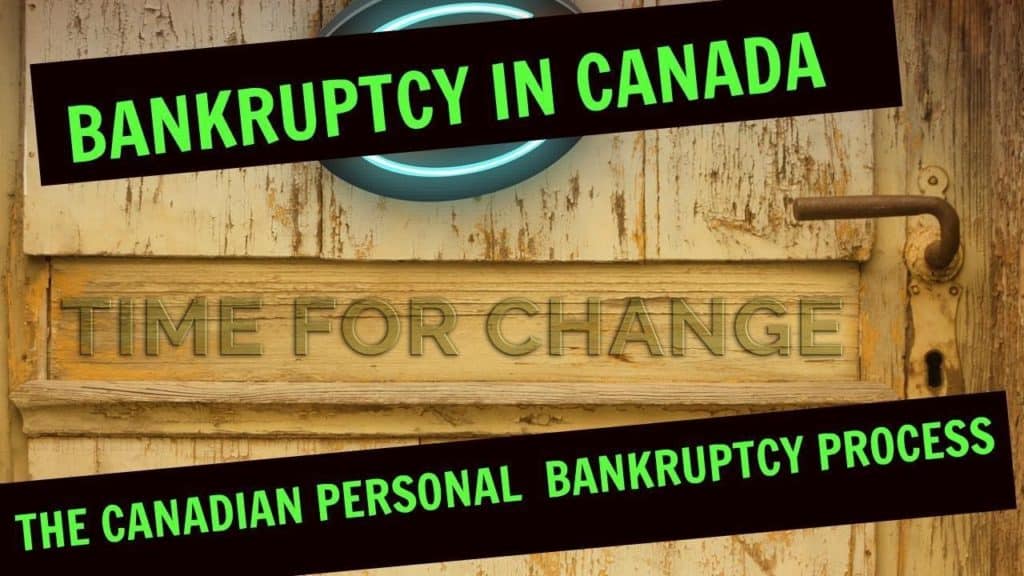
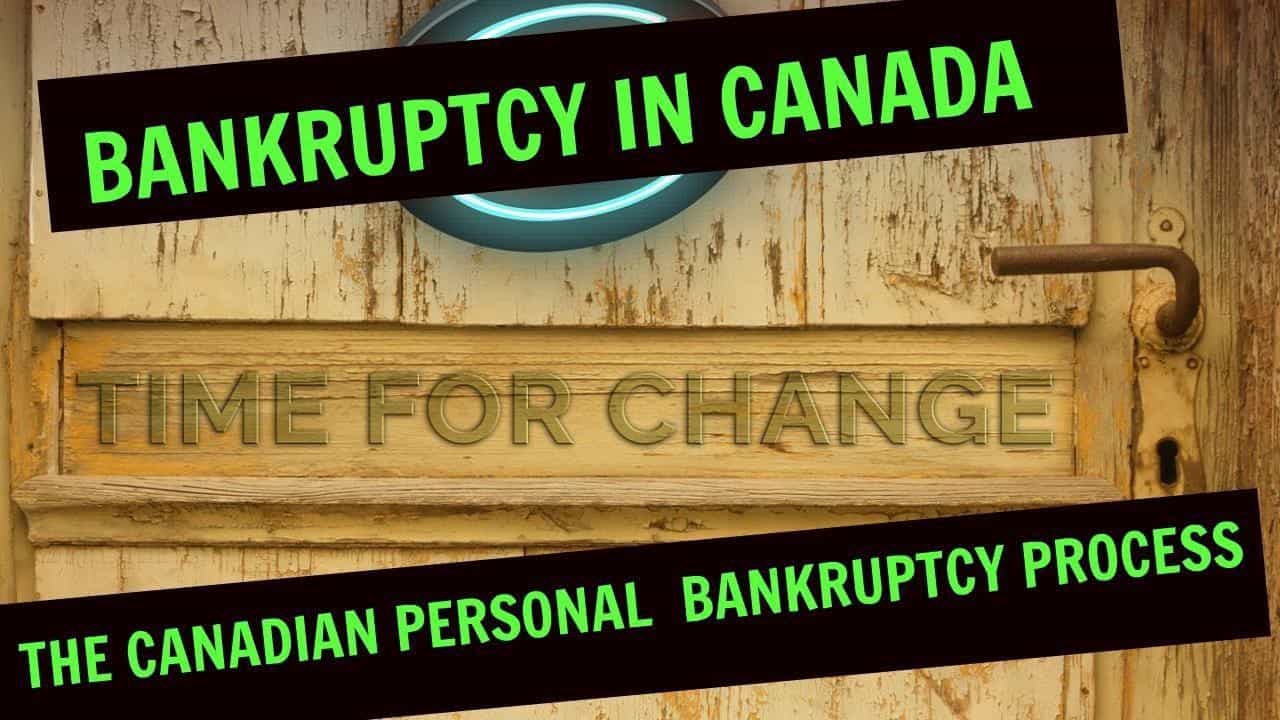
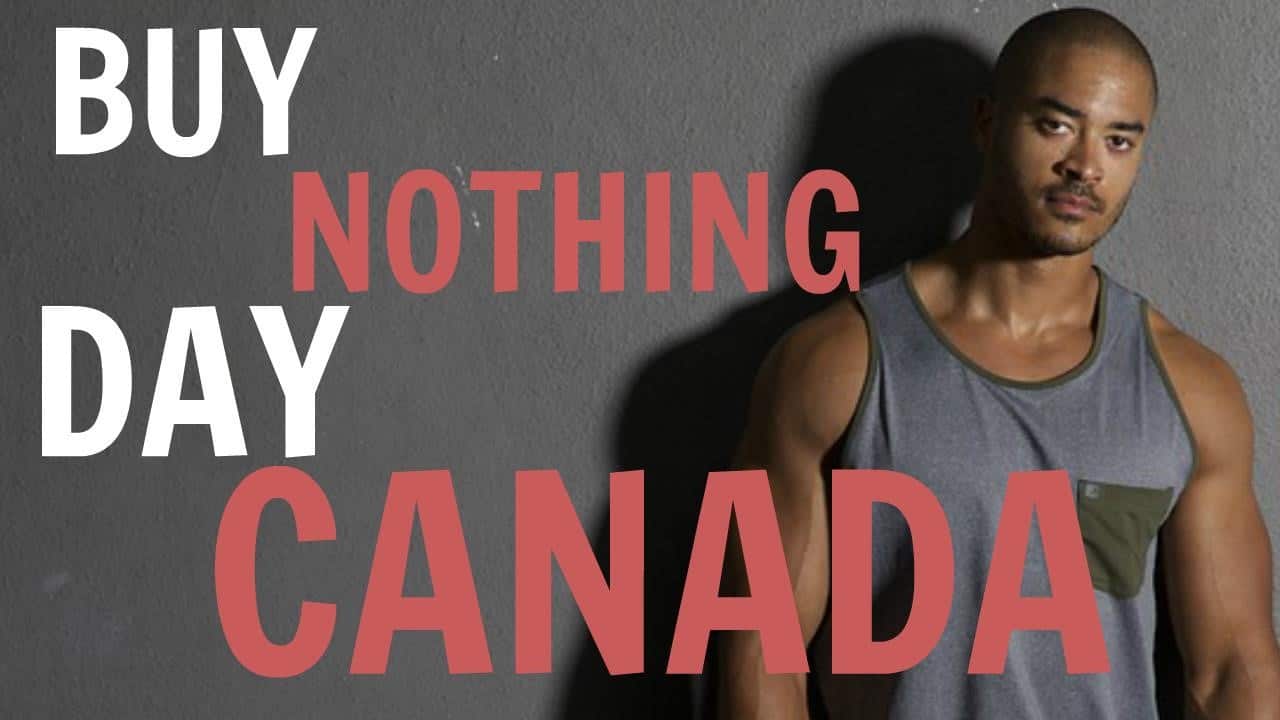
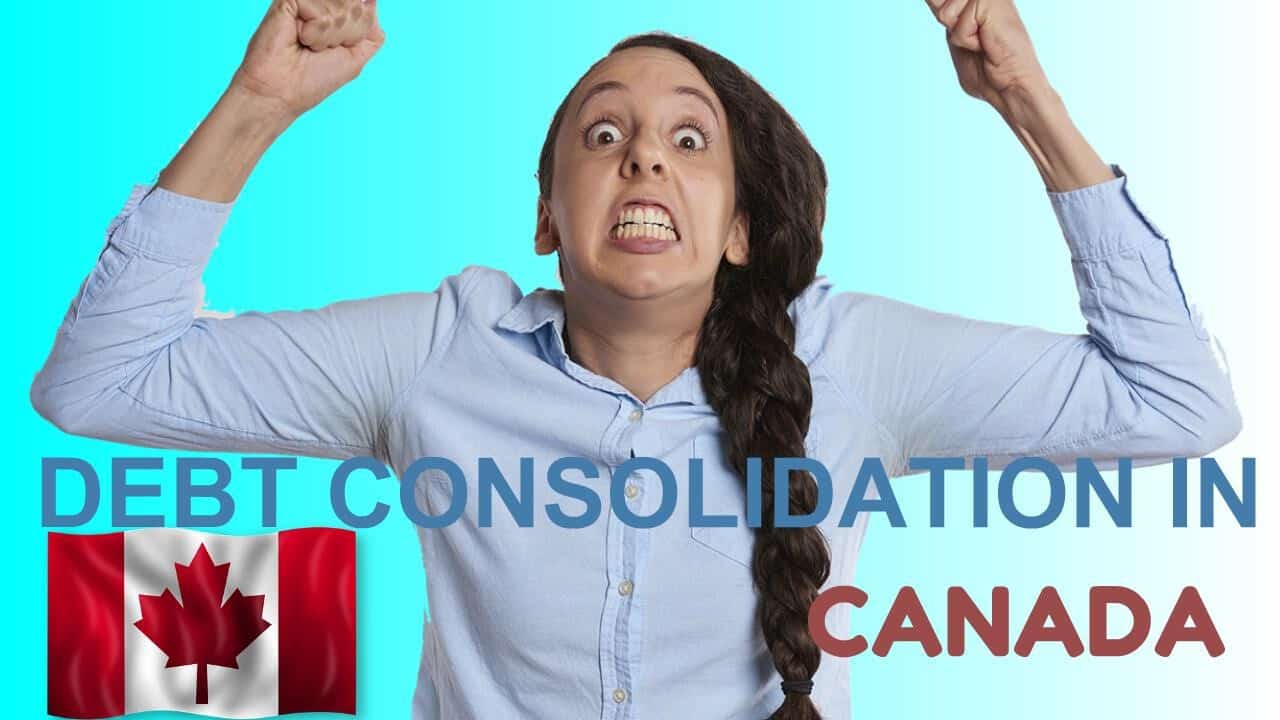
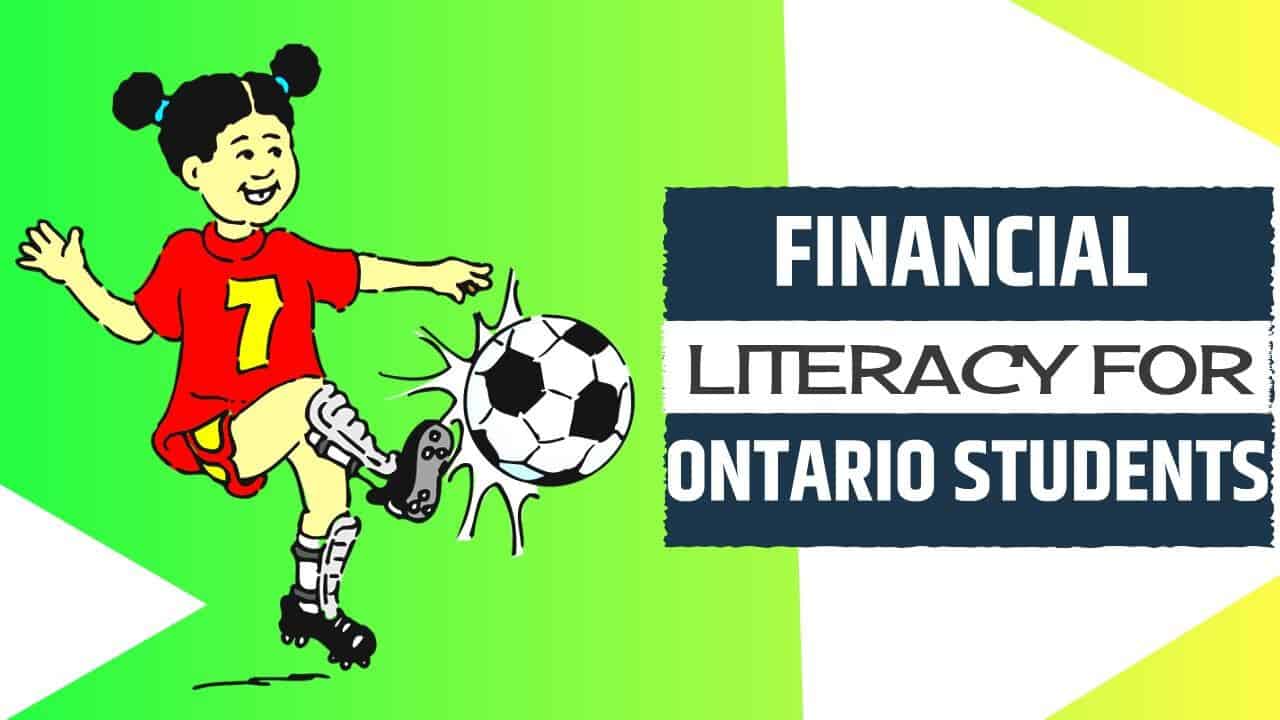 If you would prefer to listen to the audio version of this financial literacy Brandon’s Blog, please scroll to the bottom and click on the podcast
If you would prefer to listen to the audio version of this financial literacy Brandon’s Blog, please scroll to the bottom and click on the podcast
